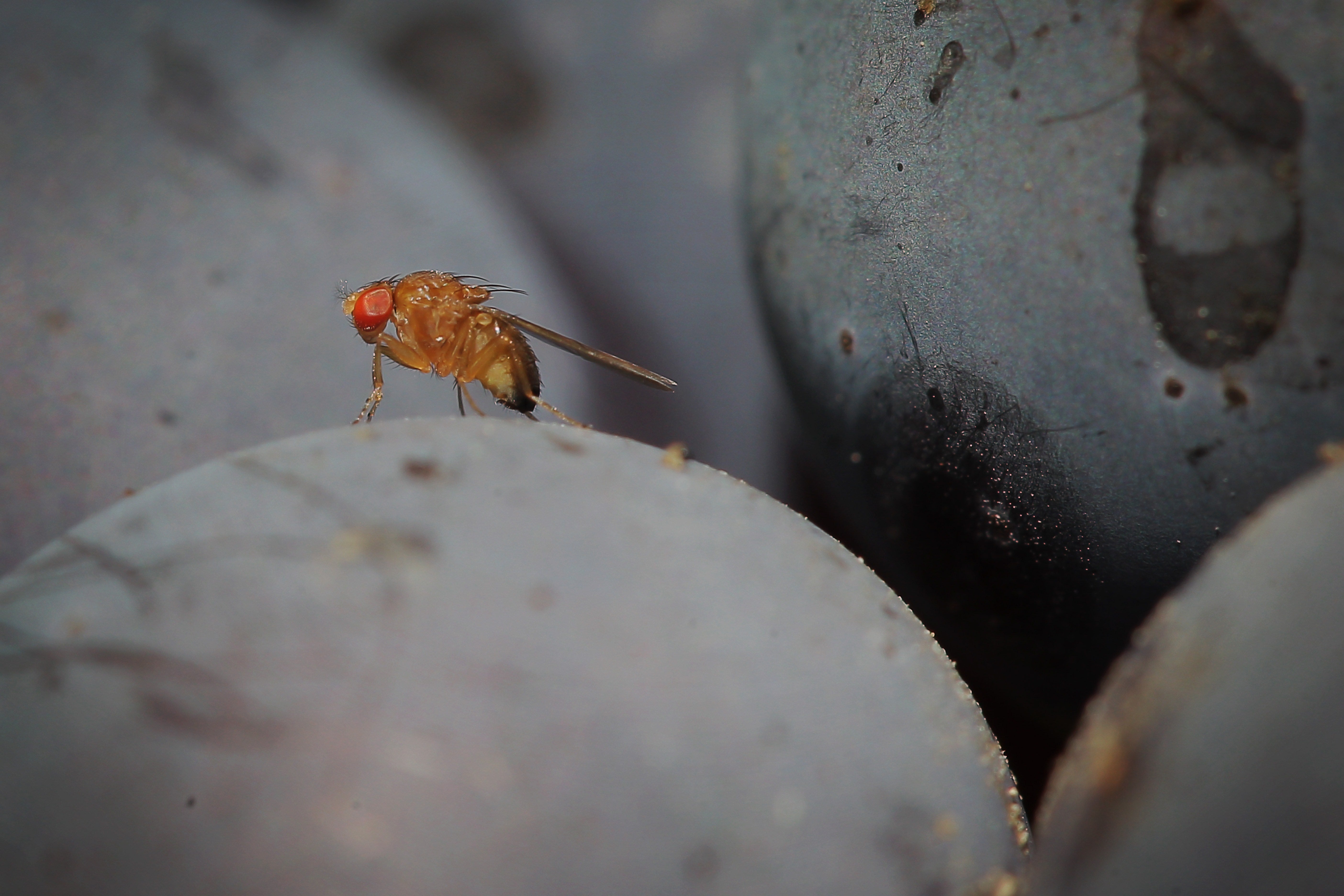Scientists create first ever ‘map’ of an adult brain
3D rendering of fruit fly’s neurons is the first time that scientists have captured the whole brain of an adult that can walk and see

Your support helps us to tell the story
From reproductive rights to climate change to Big Tech, The Independent is on the ground when the story is developing. Whether it's investigating the financials of Elon Musk's pro-Trump PAC or producing our latest documentary, 'The A Word', which shines a light on the American women fighting for reproductive rights, we know how important it is to parse out the facts from the messaging.
At such a critical moment in US history, we need reporters on the ground. Your donation allows us to keep sending journalists to speak to both sides of the story.
The Independent is trusted by Americans across the entire political spectrum. And unlike many other quality news outlets, we choose not to lock Americans out of our reporting and analysis with paywalls. We believe quality journalism should be available to everyone, paid for by those who can afford it.
Your support makes all the difference.Scientists have created a full map of an adult brain for the first time.
The 3D model of all of the neurons of a fruit fly, and the 50 million connections between them, is the first time that scientists have been able to see the full brain of an adult that can walk and fly.
It represents a major breakthrough compared to previous efforts, which for instance captured the larva of a fruit fly and its much smaller 3,016 neurons.
They hope that the work can be a step towards producing similar studies of larger brains – including, eventually, those of humans. It might also give us new insight into the fundamental questions of how brains actually function.
Already, it suggests that brains might be more similar than we might think. By comparing the newly mapped brain to previous, smaller studies, researchers saw that the pictures had substantial similarities – and that brains themselves are not necessarily a unique structure.
“If we want to understand how the brain works, we need a mechanistic understanding of how all the neurons fit together and let you think. For most brains we have no idea how these networks function,” said Gregory Jefferis, from the University of Cambridge.
“Flies can do all kinds of complicated things like walk, fly, navigate, and the males sing to the females. Brain wiring diagrams are a first step towards understanding everything we’re interested in – how we control our movement, answer the telephone, or recognise a friend.”
The map was produced by taking the brain of a fly, itself less than 1 millimetre wide, and cutting it into 7,000 slices and then scanning them. Researchers used AI to scan those images – more than 100 terabytes of them – to build up a map of the 140,000 neurons and 50 million connections.
Researchers have made the full database open and free to all researchers, in the hope of better understanding all brains. By understanding how a healthy brain works, we might be better able to see what happens when brains function differently, as in the case of mental health conditions.
The map is described in two new studies – ‘Neuronal wiring diagram of an adult brain’ and ‘Whole-brain annotation and multi-connectome cell typing of Drosophila’ – published in Nature.
Join our commenting forum
Join thought-provoking conversations, follow other Independent readers and see their replies
Comments